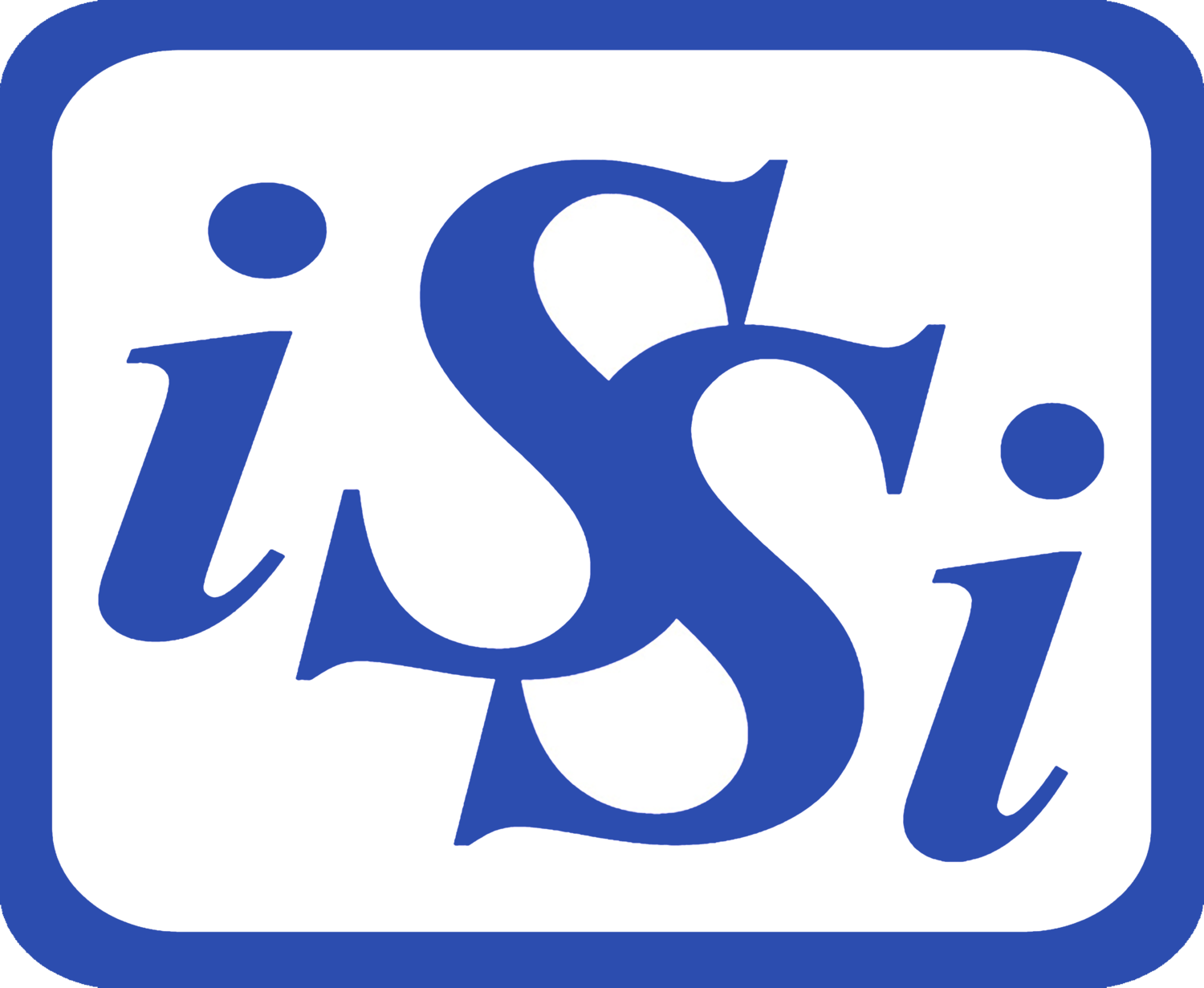As a business owner, encountering situations that necessitate insurance claims is inevitable. Unfortunately, the claim process can sometimes feel daunting and time-consuming. Your commercial insurance is there to protect your business and help it recover quickly, but how can you ensure that your claims get settled promptly and efficiently? Here are some best practices that can help streamline the claim process and get you back to business as soon as possible.
Understand Your Policy
First and foremost, understanding your insurance policy is crucial. You need to know what is covered and what is not. Be familiar with your policy limits, deductibles, and any exclusions. This will prevent surprises when a claim needs to be filed and help you know what to expect from the claim process.
Document Everything
In the event of a claim, having proper documentation is key. This means recording details of the incident as soon as it occurs, taking photographs if possible, and keeping a record of all communication regarding the incident. Documentation can provide clear evidence that supports your claim and speeds up the process.
Notify Your Insurance Broker Promptly
As soon as an incident occurs, notify your insurance broker or provider. Prompt reporting is essential in the claim process. Some insurance policies have strict reporting timelines, and delaying could jeopardize your claim.
Provide Complete and Accurate Information
When submitting a claim, accuracy and completeness are vital. Make sure to provide all the necessary information requested by your insurance provider. Any missing or incorrect information could delay the claim process. Also, be honest. Misrepresenting facts could lead to claim denial or even policy cancellation.
Maintain Open Communication
Maintain open and continuous communication with your broker or adjuster throughout the claim process. Be proactive in following up and clarifying any doubts. This helps ensure everyone is on the same page, which can expedite the claim settlement process.
Implement a Risk Management Plan
While this doesn't directly speed up the claim settlement process, a robust risk management plan can help prevent future incidents. Regular risk assessments, safety protocols, and training can help reduce the number of claims, allowing you to maintain a favorable insurance history. This, in turn, can lead to smoother and quicker claim settlements in the future.
It's true that the insurance claim process can sometimes be complex, however adhering to these best practices can greatly reduce the stress and time involved. The key is preparedness, open communication, and a deep understanding of your insurance policy. Remember, broker is an essential resource in navigating these waters – lean on their expertise, and make the claim process work for your business, not against it.

